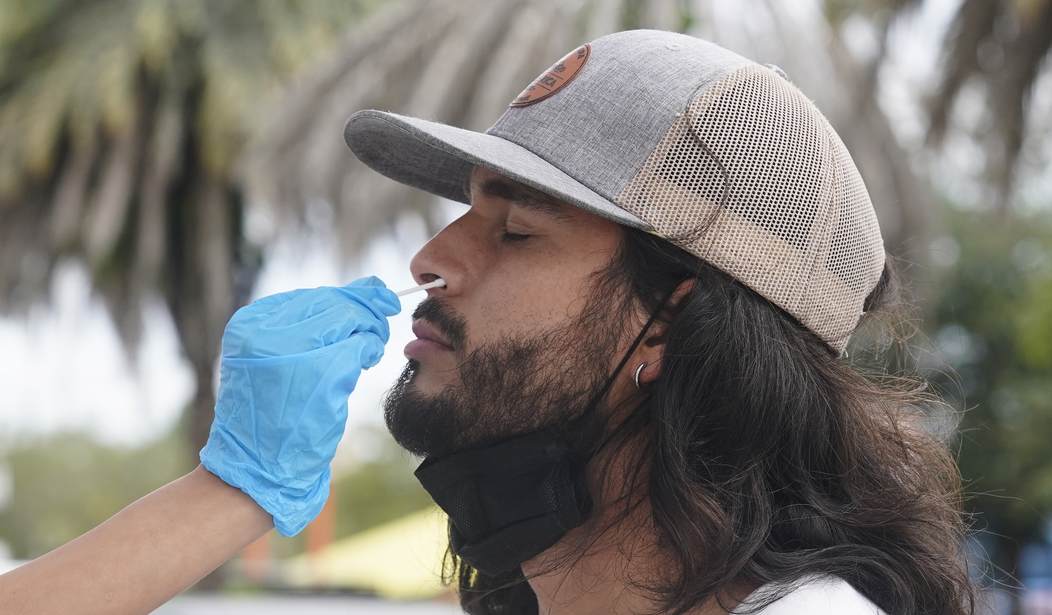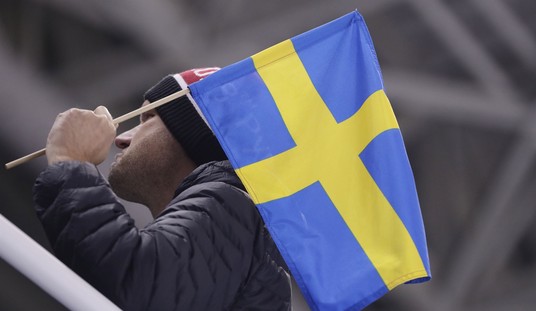I received an interesting email from UCLA Health. It contained an article exploring the possibility that the emergence of the Omicron variant of COVID-19 may mark the end of the pandemic phase of the disease in the beginning of what is called an endemic phase.
A pandemic is defined as a disease that is spreading exponentially out of control. Each new case infects greater than one person causing the disease to spread into the population at faster and faster rates until it infects everyone.
The biology of pandemics is that they naturally slow down through a process of herd immunity where the population has been exposed to the disease and has built up a degree of resistance. This ability to deal with the disease can manifest either by artificial vaccination or suffering through the cycle of the disease. Either way, it inoculates the herd.
In early 2020, the sooner everyone gets it the sooner it’ll be over theory was one of the paths on how to deal with COVID-19 that was presented to the world. One of the early proponents of it as national policy was in England under the government of Boris Johnson. The rest of the world pursued an isolation and lockdown strategy instead, which England eventually also adopted, and that is how the world has dealt with COVID-19 for the past two years.
This bunker mentality was originally meant to be a measure to “flatten the curve” until a way could be found to negate the mortal danger threat of the disease. Like all such fear driven strategies, the wild imagination of humans took the scientifically “temporary fix” to extremes.
As vaccines became available, loosening the constraints of lockdowns began to be explored. In the United States, this turned it into a patchwork of state and county level policies that created much political chaos.
Whether people-control strategies still made medical or scientific sense, particularly in the latter half of 2021 as vaccination rates began to rise, is questionable; but human fear is predictable.
Arguments have continued over how individuals, companies, and governments should deal with the lack of clarity, and preponderance of fear driven opinion about how to set public policy while the world waited to see whether vaccines did anything to help the situation at all.
Some people put their faith in the vaccine program as creating a shield from the virus. Others placed no faith in the vaccines, deeming their safety untrustworthy and potentially dangerous, preferring to take their chances on their own immune systems seeing them through the disease if they encountered it.
Corporations and governments, as one would expect, universally reverted to their legal departments to create onerous procedures to safeguard their property from lawsuits, should anyone catch the disease on their premises. The only thing deserving more caution than a virus is fear of not being able to claim plausible denial. But viruses have a way of not caring what humans do.
A Real Herd Immunity Test
The UCLA article observes that in late 2021, the emergence of the Omicron variant of COVID-19 fundamentally changed the dynamics of disease to the point that we are going to test the herd immunity theory regardless of what human hubris thinks about how much we can control it and flatten curves.
According to the article, scientists track three characteristics of a virus. These are the “transmissibility (how easily the virus spreads), immune escape (how well it evades protection from vaccination or previous infection) and pathogenicity (severity of disease).” The article also notes that these three factors have “independent properties” in how an organism mutates.
Omicron is far more transmissible and able to escape immunity protection. It is a successful virus by any definition, infecting hundreds of thousands of people a day, regardless of whether or not they were vaccinated. It is also less severe if you get it, possibly even less so if you have man-made vaccines in your body, or not.
“I think after this surge, most people on Earth would either be vaccinated or infected. Therefore, the whole global population would gain herd immunity,” says UCLA Health clinical microbiologist Shangxin Yang, PhD, “which would make the SARS-CoV-2 virus become endemic.”
The UCLA article points out that this could be a promising development in the pandemic’s trajectory.
“When we look back 10 years from now, I think the emergence of omicron will be considered a hallmark event, because it really brings the light at the end of the tunnel,” Dr. Yang says. “We potentially can see how the pandemic might end and become endemic.”
Endemic Reality
The medical term endemic means “You can’t get rid of something.” So, you have to learn to live with it.
According to the article,
An endemic disease, on the other hand, is one with more predictable rates of circulation, according to Mike Ryan, MD, executive director of the WHO Health Emergencies Program. Colds and flu, for instance, are endemic, circulating every winter.
But given the high levels of transmissibility of SARS-CoV-2, the virus that causes COVID-19, some experts consider COVID to be endemic already.
“This virus is so well adapted for human-to-human transmission that it’s going to be very difficult, if not impossible, to ever get rid of it completely,” says epidemiologist Timothy Brewer, MD, MPH, noting diseases that aren’t eradicated are, by definition, endemic.
The article then goes on to note,
Dr. Yang envisions a future where SARS-CoV-2 might behave like the flu or the common cold — a seasonal illness that’s more of a nuisance rather than a life-threatening condition. The season flu, however, remains life-threatening to some, leading to tens of thousands of deaths annually in the U.S.
The increased immunity against COVID-19 provided by vaccines, boosters and the widespread omicron variant could slow the appearance of future variants, Dr. Brewer says.
“As immunity rises in the population, case numbers will begin to fall because there’ll be fewer and fewer susceptible individuals for that particular variant to infect,” he says.
The eventual decline in COVID-19 case numbers, combined with new medications — including antiviral pills recently authorized by the U.S. Food and Drug Administration — and expertise in treating the virus gained over the course of the coronavirus pandemic could enable health care systems to better accommodate people who do become infected.
People, Corporations, and Governments
All of this raises the important question of, if Omicron is a force of nature creating herd immunity, without regard to the actions of man, when will we humans take heed of what nature is telling us and realize that it has become futile to think in terms of flattening the curve anymore?
Continued isolation mostly serves to breakdown the human compact. And I’m not talking about the connections between people and their friends. We humans have figured out how to do that throughout the pandemic. Indeed, the most fearful among us look angrily at those of us who keep touch with our friends as they shun us all.
No, I’m talking about the breakdown of the connections and kindnesses of human society in our workplaces and our government. Borders are closed. Some at national borders. Some at the entrances to buildings. Tolerance grows thin. Depression pervades life. Suicides rise. It’s easy to be mean to strangers from the anonymity of distance.
I wrote a piece about the macabre nature of this last week, “Reconnecting With Humans and the Culture of COVID-19: My First Week of 2022”, where I shared the surreal experience of entering a commercial building in Los Angeles, California under the strictest rules of corporate and government America. I used the piece to share the simple joy of finding human contact even under such dystopian circumstances.
But the artifact that the internet begets intolerance predictably arose. There were a few comments from readers accusing me of selling out by participating in the charade. But if one wants to do business in person in corporate or government America in 2022, these “flatten the curve” rules apply. It’s a cost of doing business that one cannot avoid. If you aren’t in the room, you don’t count. It’s important to make sure one still counts when it comes to business and policy.
This is a world where trade show attendees in Las Vegas must show proof of vaccination and wear masks to pick up their venue badges, lest the show be shut down by authorities. Attendance at these industrial networking events, a critical accelerant of the US economy, is way down. That’s not a good thing for an economy where sales and marketing once orbited around such human gatherings.
If these strange patterns persist through 2022, it will be three years — one full business cycle — of man-made economic depression impacting the economy. That’s the threshold where permanent downward adjustments begin to become institutionalized. “Building back” becomes harder. Better or boldly becomes the stuff of distant dreams. Instead, underemployment and underutilization become the next pariahs that society must endure.
This is the weird world we live in until people in power begin to accept what medical science is now beginning to express; that the time of “curve flattening” is over. The virus is here to stay.
The time to make routine annual vaccinations cover this virus in addition to the other seasonal ones that vulnerable people in populations need to be protected from has returned. And the rules of day-to-day living return to those where the human spirit can live again.













Join the conversation as a VIP Member